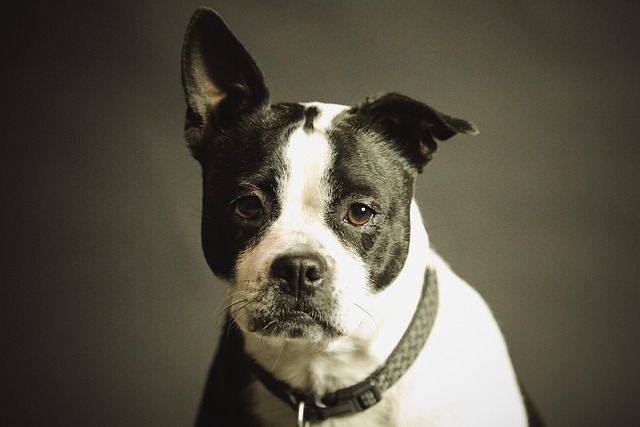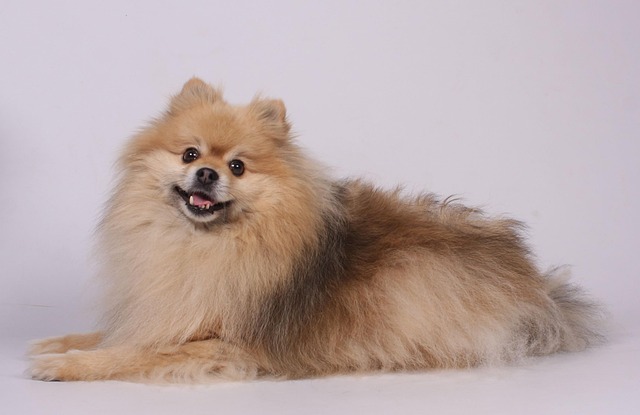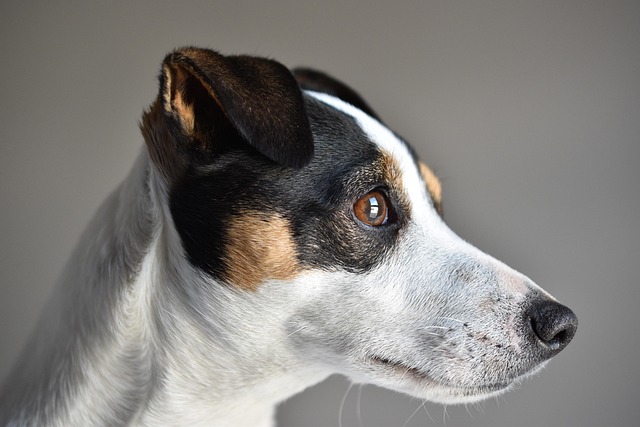
How to train a service dog for social anxiety?
A service dog trained for social anxiety isn’t just a pet—it’s a trusted ally that can ease stress in everyday moments others take for granted.
Bringing home an 8-week-old puppy is like welcoming a tiny, fluffy tornado—they’re curious, wobbly, and way more interested in your shoelaces than the name you’ve picked. That’s what my cousin in Texas experienced with her golden retriever, Luna. For the first week, “Luna!” might as well have been “blah blah blah”—she’d just tilt her head, then go back to gnawing the couch corner. But by week two, something clicked: she’d spin around, tail wagging, at the sound of her name. Teaching an 8-week-old their name isn’t hard—it just takes speaking their language.
At 8 weeks, a puppy’s brain is like a sponge, but their attention span is shorter than a squirrel’s visit to the bird feeder. They learn best when sounds (like their name) get linked to good stuff—not treats necessarily, but the things they crave most: your voice, playtime, or a warm lap. Luna’s vet explained it simply: “A puppy hears ‘Luna’ and thinks, ‘Is that my person? Are we gonna cuddle? Chase the ball?’ If the answer’s always yes, they’ll start listening.” Punishing them for ignoring you? Big mistake. Yelling “Luna, NO!” when she didn’t respond just made her duck—she thought her name meant trouble. Kindness works faster.
Start small, and keep it fun. Pick a short name (Luna, Max, Charlie—two syllables max; longer names confuse tiny brains). Wait for moments when your puppy’s calm—maybe after a nap, when they’re sniffing their bed—and say their name in a high, happy tone. When Luna looked up, my cousin didn’t just say “good girl”—she grabbed her favorite squeaky toy and played tug for 30 seconds. Repeat this 5-6 times a day, in different spots: by their food bowl (“Luna, breakfast!”), while they’re exploring the living room (“Luna, look!”), or when you walk in the door (“Luna, there you are!”). Keep sessions 30 seconds tops—puppies zone out fast. By the end of the week, Luna was perking up before my cousin even finished saying her name.

Now, let’s talk the grown-up stuff. At 8 weeks, your puppy’s due for their first round of vaccines—core shots like distemper and parvovirus are non-negotiable in every U.S. state, and rabies follows later. A healthy puppy learns better, so stick to that vet schedule. Never, ever scold or tap your puppy for not responding. In states like California, animal welfare laws stress positive training over punishment, and for good reason: fear makes learning impossible. If you live in an apartment, practice during quiet hours—no need to yell “Luna!” at 7 a.m. and wake the neighbors. A soft, excited voice works just as well, and keeps your building happy.
When your puppy’s old enough for walks (after their final vaccines, around 16 weeks), name training pays off. “Luna, here!” will keep her from darting after a stray cat—critical for safety, and polite in dog parks. Always grab poop bags, too—cleaning up is the law in most cities, and a puppy that trusts you (thanks to all that positive name training) will sit still while you do it.
Luna’s now 6 months old, and “Luna!” stops her mid-dash across the yard. It didn’t take genius—just 30-second sessions, a lot of giggles, and remembering that 8-week-olds learn through joy, not frustration. Your puppy’s already trying to connect with you—speaking their language (and using their name like a love note) is how you meet them halfway.

A service dog trained for social anxiety isn’t just a pet—it’s a trusted ally that can ease stress in everyday moments others take for granted.

Chihuahuas often bite not out of aggression, but because their small size makes them feel vulnerable—like when a kid reaches for their collar too fast or a stranger bends down suddenly.

House training an adult dog differs from teaching a puppy, but it’s absolutely doable with consistency. Many adult dogs may have picked up old habits from past homes or lack prior training, so patience becomes your best tool here.

Dealing with a stubborn dog during house training can feel like a never - ending battle, but it’s far from impossible with the right approach.

The moment your dog's teeth make contact with skin, the world shifts. Whether it was a warning nip or a serious bite, the fear and confusion are real.

Territorial aggression in dogs often shows up as growling when someone approaches the front door or snapping near their food bowl—common triggers that can escalate if not addressed.